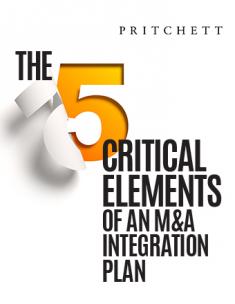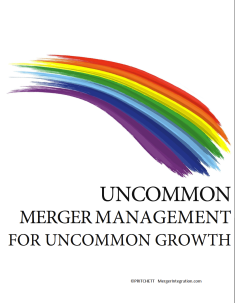Use a two-pronged approach to post-merger integration. On one hand, carefully prepare. On the other, be willing to improvise.
Start out by doing “deep planning.” Anticipate as best you can as you develop your integration road map.
But keep in mind your planning will be doomed in certain respects. Don’t expect it to cover all contingencies, no matter how thorough you’ve been. It’s been said that, “No plan survives contact with the enemy.” In this case the “enemy” is the unknown, the unpredictable part of the future. But a key benefit of good planning is that it mentally prepares you to improvise.
Early integration planning helps you figure out what you don’t know. It points to those unmapped areas where you’ll have to play it by ear. In the final analysis, skillful improvisation may account for your success more than the efforts you put into plotting your course. So be willing to change direction. The intent should be to adapt to the circumstances you encounter, not to slavishly follow 100% of a plan.
But don’t get lazy about integration planning. A lot of people just make a superficial pass at it, counting on their quick wits and flexibility to get them by. Their so-called plan amounts to little more than deciding to wing it all the way. Don’t kid yourself. The better job you do in planning, the more effective you’ll be at improvising.





